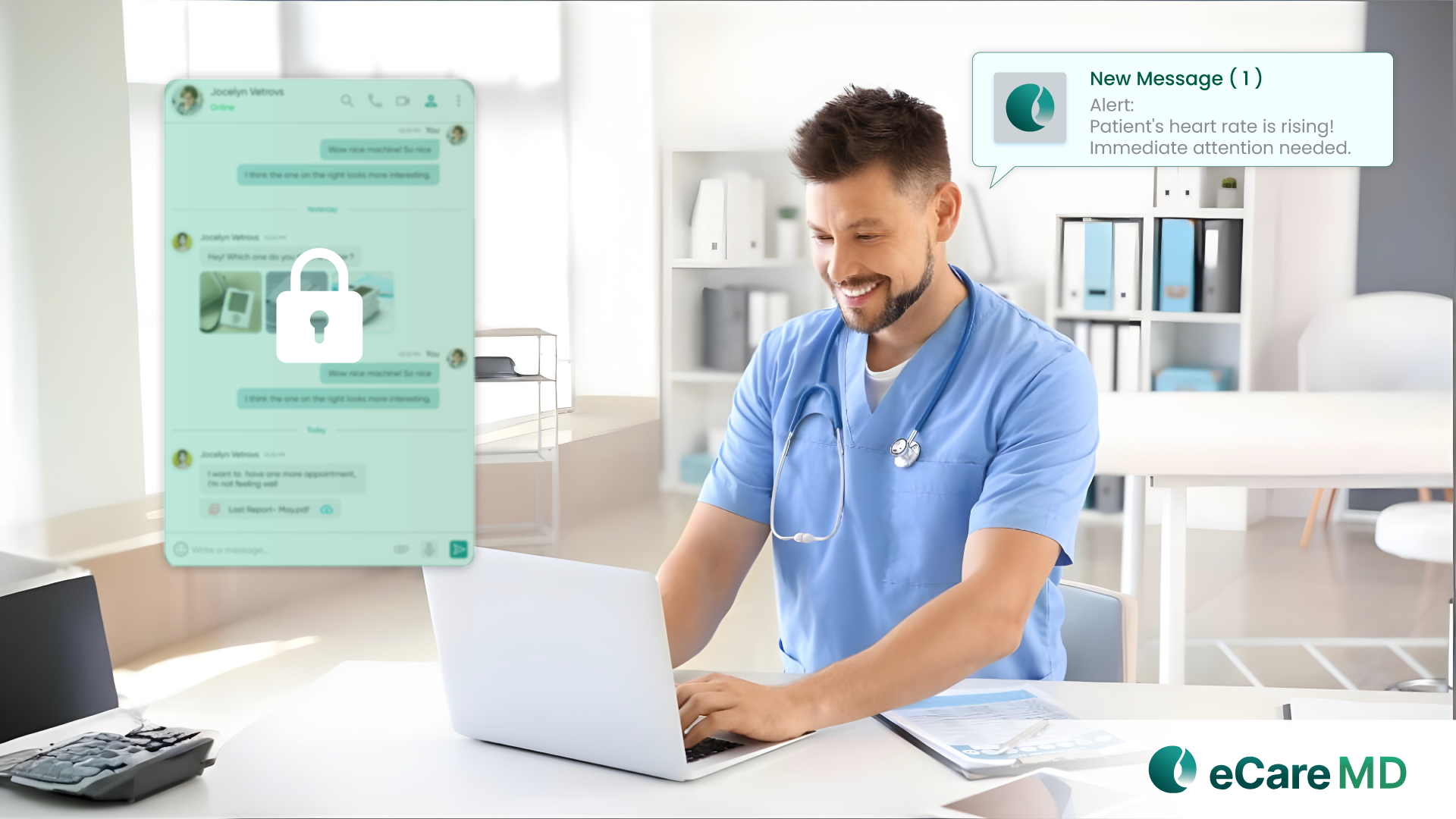Client Overview
The Client has multiple practices in primary care organizations managing over 1000 patients enrolled in chronic care programs such as CCM, RPM, and BHI across different specialties and care providers. With a diverse team of care providers like PCP, Care managers, and other specialty staff, they faced difficulties in growing service demand, such as delayed coordinating care, gaps in patient follow-up, and duplicate clinical efforts.
Business Challenges
1. Delayed Communication Between Care Teams
The team uses separate systems and workflows while managing patients in different departments with multiple providers. The critical updates of patients’ health, medication changes, or interventions were often not shared between different departments in real time.
2. Missed Follow-Ups and late Interventions
Without getting alerts for patients’ critical situations or provider-oriented tasks, the care team frequently missed patients’ follow-ups, specifically of CCM, RPM program-enrolled patients. This results in missed important encounters and late interventions, risking patients' health.
3. High Administrative Burden for Tracking Interactions
Care coordinators spent a significant portion of their time manually documenting communications, updating spreadsheets, and cross-checking multiple systems to ensure tasks were completed. The care team spent significant time manually documenting the communications and updating each patient's record.

4. Poor Patient Experience Due to Fragmented Care
Patients often received multiple calls from different departments and were unaware of who was managing their care, leading to confusion, lack of trust, and mismanagement.
Solution
The organization interacted with Medarch to deploy the eCareMD Care Coordination to unify a platform, real-time communication tools, and program-specific tracking features to streamline multiple provider collaboration and enhance patient experience.
Solution Highlighted
1. Shared Patient Timeline Across Programs (CCM, BHI, RPM)
eCareMD includes all enrolled programs to access a centralized patient chart, where care plans, visit history, communications, vital trends, and staff notes are visible to every care team member, aligning with the plan of care.
2. Program-Based Task Assignment & Escalation Protocols
Care coordinators could assign follow-ups or interventions per program (e.g., a nurse follow-up for CCM, psychiatric evaluation for BHI), with clear visibility into patient health, deadlines, and responsible team members.
3. Secure Internal Messaging & Cross-Role Notifications
Clinical and non-clinical staff used secure messaging within the patient context to communicate in real time, reducing delays and email chains. Alerts could be tagged according to priority and routed to respective roles (e.g., physician, Care Manager, Billing).

4. Integrated Communication & Call Logging
Calls, texts, and emails were logged automatically under each patient’s profile with time stamps and user tags, ensuring complete audit logs and reducing manual documentation.
Value Delivered
1. 80% Reduction in Missed or Overdue Follow-Ups
The task-based workflows and AI-driven prompts ensured timely interventions, improving overall program workflow with increased patient outcomes.
2. Improved Team Collaboration & Efficiency
Real-time updates and shared dashboards eliminated duplication of efforts, reducing time spent on internal coordination by 45%.
3. Stronger Patient Trust and Engagement
With clear communication and timely outreach, patients felt more supported and understood who was managing their care, leading to better satisfaction scores.
4. Audit-Ready Documentation & Compliance
All communications, actions, and task completions were recorded with time logs, making the organization fully structured for CCM, RPM, and BHI billing compliance.

